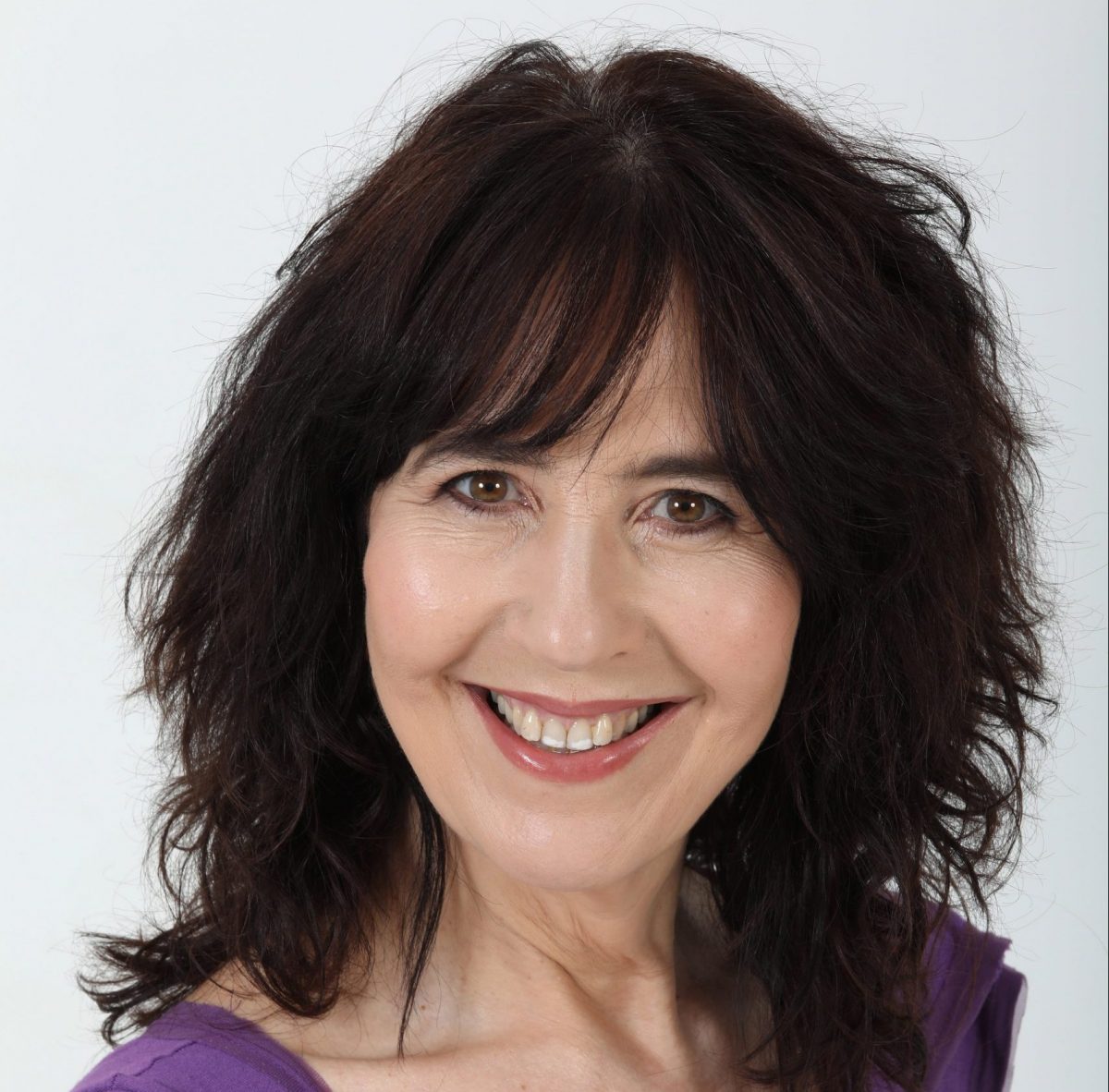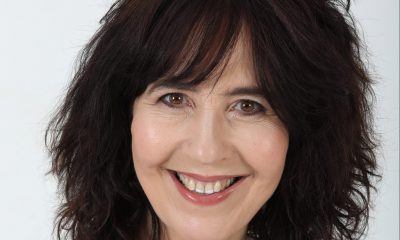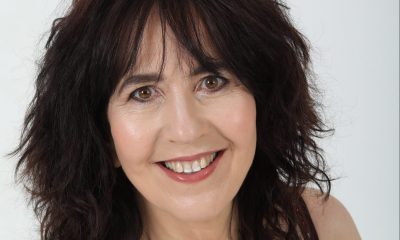
The Jewish Report Editorial

Getting my head around six million individuals
If ever you question the importance of commemorating Yom Hashoah, which we do this week, keep in mind that we’re not talking about statistics, but the systematic annihilation of a huge percentage of our people.
In fact, before the Holocaust, 60% of all Jews lived in Europe. Two out of three of them were murdered during the war. In 1933, there were 9.5 million Jews in Europe and this number was down to 3.5 million in 1950.
This is hard to absorb, I know, but so often, people dismiss comparisons of the Holocaust with the behaviour of Israel or even with apartheid. The more I acknowledge what it means to murder six million Jews systematically, the more I realise that there is simply no comparison.
This year marks 80 years since the beginning of the mass annihilation of Jews and each year, fewer and fewer survivors remain. Many died this year of COVID-19. Their survival enabled us to understand what they lived through and how six million of their brothers, sisters, mothers, fathers, cousins, aunts, uncles, and other family and friends were brutally murdered. The only reason for their death was because they were Jewish.
Until recently, the number six million was simply a very large number to me. Although I had seen the movies and read the books, I couldn’t quite identify with it as being six million people like me and all those I love in this world. It really isn’t easy to absorb and comprehend this number in terms of individuals who had a future, perhaps a degree or three, a wife or a beloved, and children. They had potential and lives yet to be lived, but their lives were stolen from them way before their time.
The Nazis took away their humanity, their individuality, and attempted to make them just a number, which they tattooed on their arms.
Every year, on Yom Hashoah, we observe a ceremony under the auspices of the president of Israel known as “Unto Every Person there is a Name”, in which names of those who perished in the Holocaust are called out.
The point of this particular exercise is meaningful because an individual is given a name by their parents. And they and their families have a surname that they share. This makes every single person a unique individual. Each person has a name, a personality, a particular look, a way of walking, talking, and a way of being that is special to them. So, starting with a name we are given at birth, a person is individualised. And so every year on Yom Hashoah, we do our best around the world to individualise and humanise as many of the six million Jews who died as possible.
To date, Yad Vashem has recorded 4 800 000 names of Holocaust victims on its Central Database of Shoah Victims’ Names, with more than 2 750 000 names registered on Pages of Testimony.
Here’s the thing: if we had all the names of the six million who were murdered, and could say each name, age, and place of death in one second, we could cover only 86 400 individual names in one 24-hour Yom Hashoah.
To read six million, we would need almost 70 days of 24-hour non-stop reading. If we recited names for only 12 hours a day, giving the reader time to sleep, eat, and have a few short breaks, we would need 138 days to cover the names of the six million Jews who were annihilated in the Holocaust. And that’s if you can read all their vital details in one second.
This brings me a little closer to understanding what the number six million actually means in terms of individuals.
On the Yad Vashem site (YadVashem.org), you can find lists of these names. I went to look this week and found 23 people with the surname Krost who were victims of the Holocaust. I know of a handful. I wonder who the others were. Were they also family?
Then, I looked at the lists of children’s names and there were literally hundreds of pages of names of children, some not even a year old. I couldn’t help the tears as I read names, ages, and where and how they died. I felt quite sick. I couldn’t help thinking that these littlies, who should have been playing and having fun without a care in the world, were brutally murdered because by chance they were born Jewish.
It was then that I decided that I was going to light the six commemorative candles with my sons this year. We will recite the El Maleh Rachamim prayer, and then start reading children’s names and keep going until we can’t anymore. I believe this will give us a better inkling of the massive horror of the millions who perished all because they were like us.
In this edition, there is a story about the Holocaust on page 12 that stands out for me. It’s about the Wannsee Conference, where the decision was made by the Nazi leadership to murder Jews en masse. What really hit me was Holocaust educator Dr Matthias Haß’s warning that it was because of the small incidents of antisemitism that the Wannsee House decision was made. It was the accumulation of decades of slowly building antisemitism that seeped into German society over years that eventually led to the dehumanisation of Jews, he said.
How often do we dismiss or not make a big deal about what seems to be minor incidents of antisemitism or racism? Sometimes it isn’t always so clear and sometimes it is. But it’s not easy to stick your neck out, especially when you are alone in a situation. And sometimes it might be cleverly disguised as anti-Israel sentiment.
The next time someone says to me, “Don’t make a big deal about it” referring to antisemitism, I will remember how I tried to get my head around the systematic murder of six million Jews.
Shabbat Shalom!








